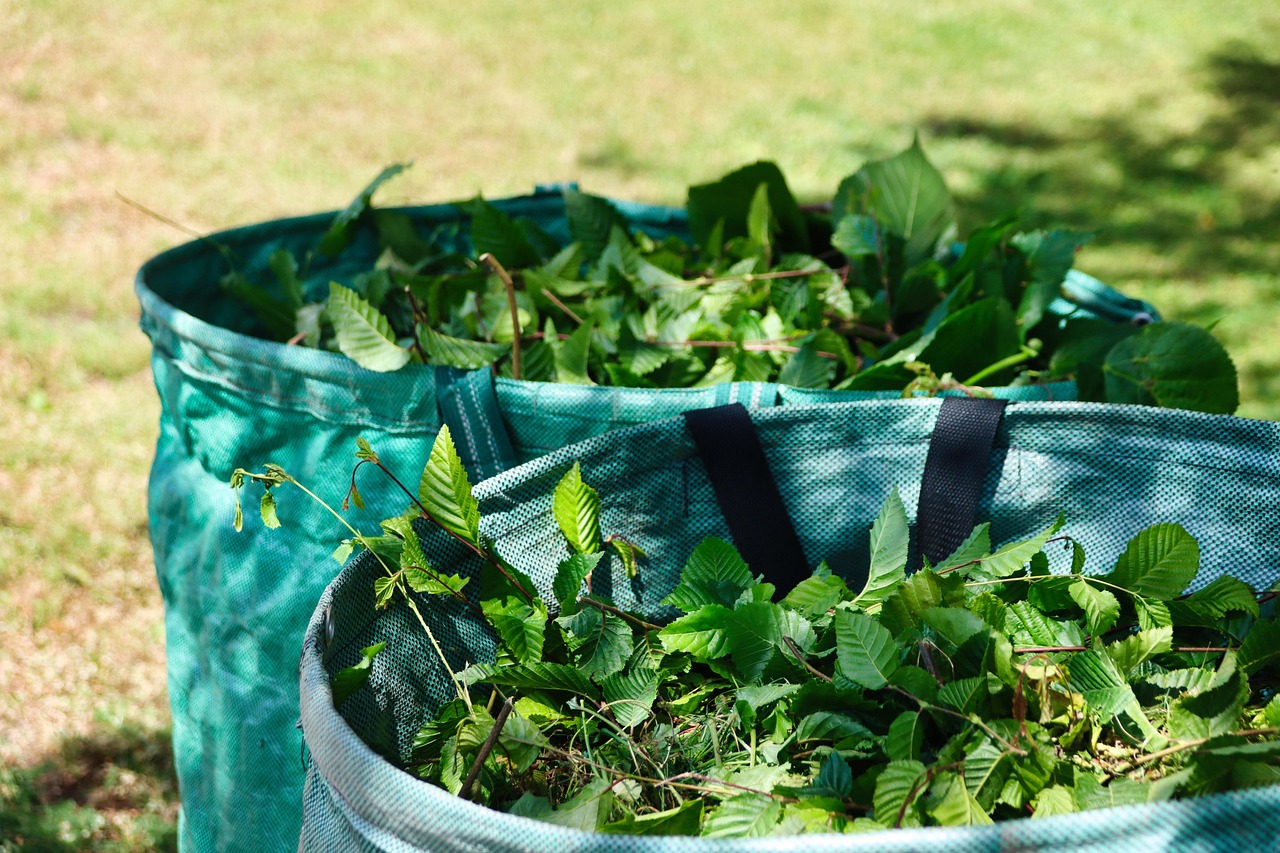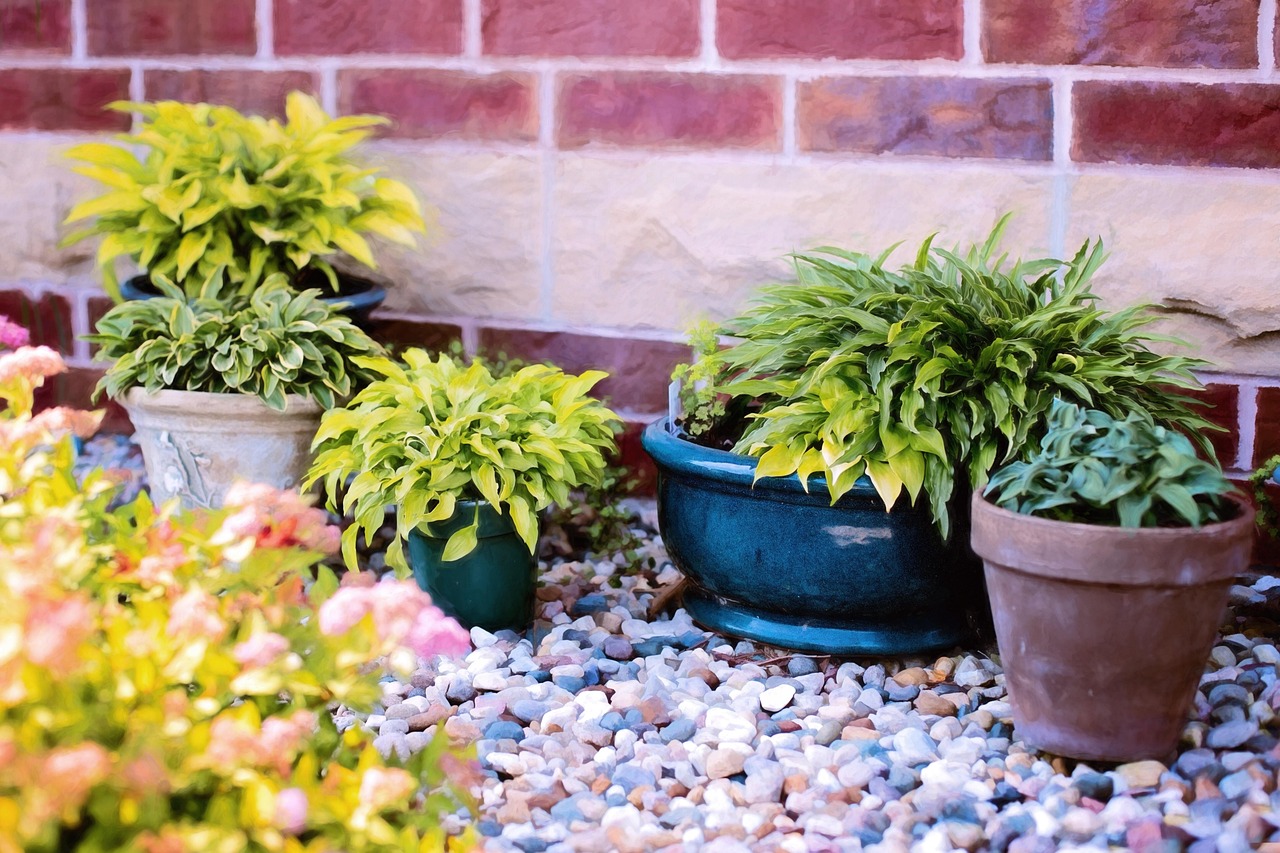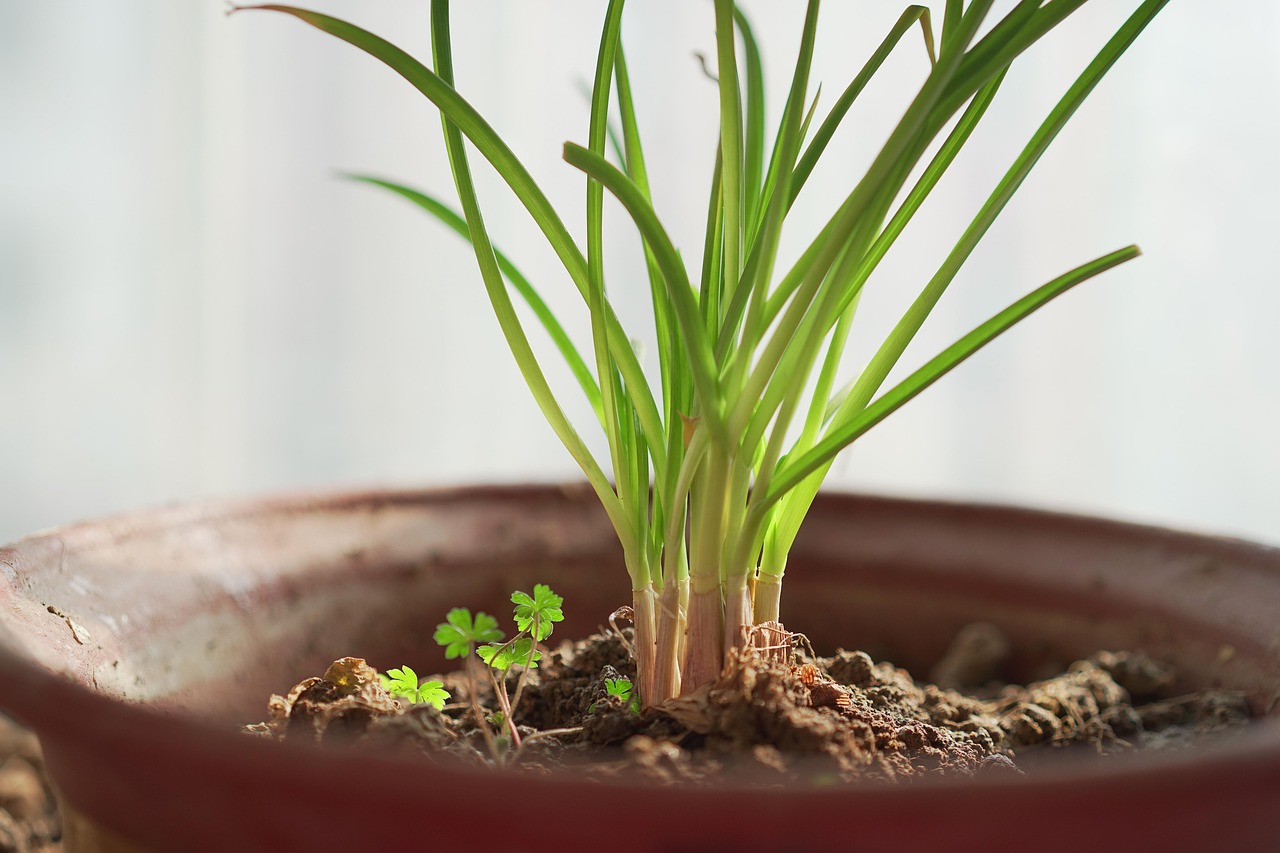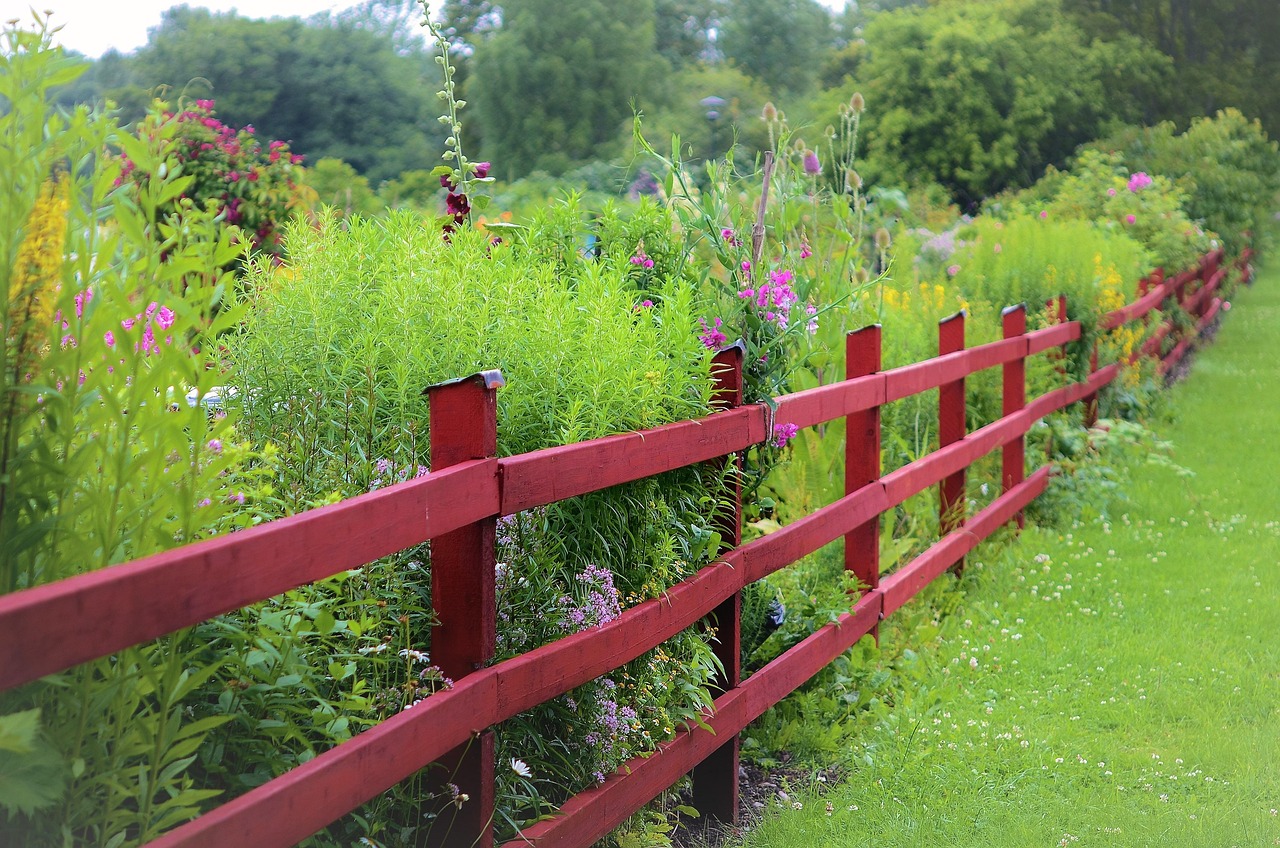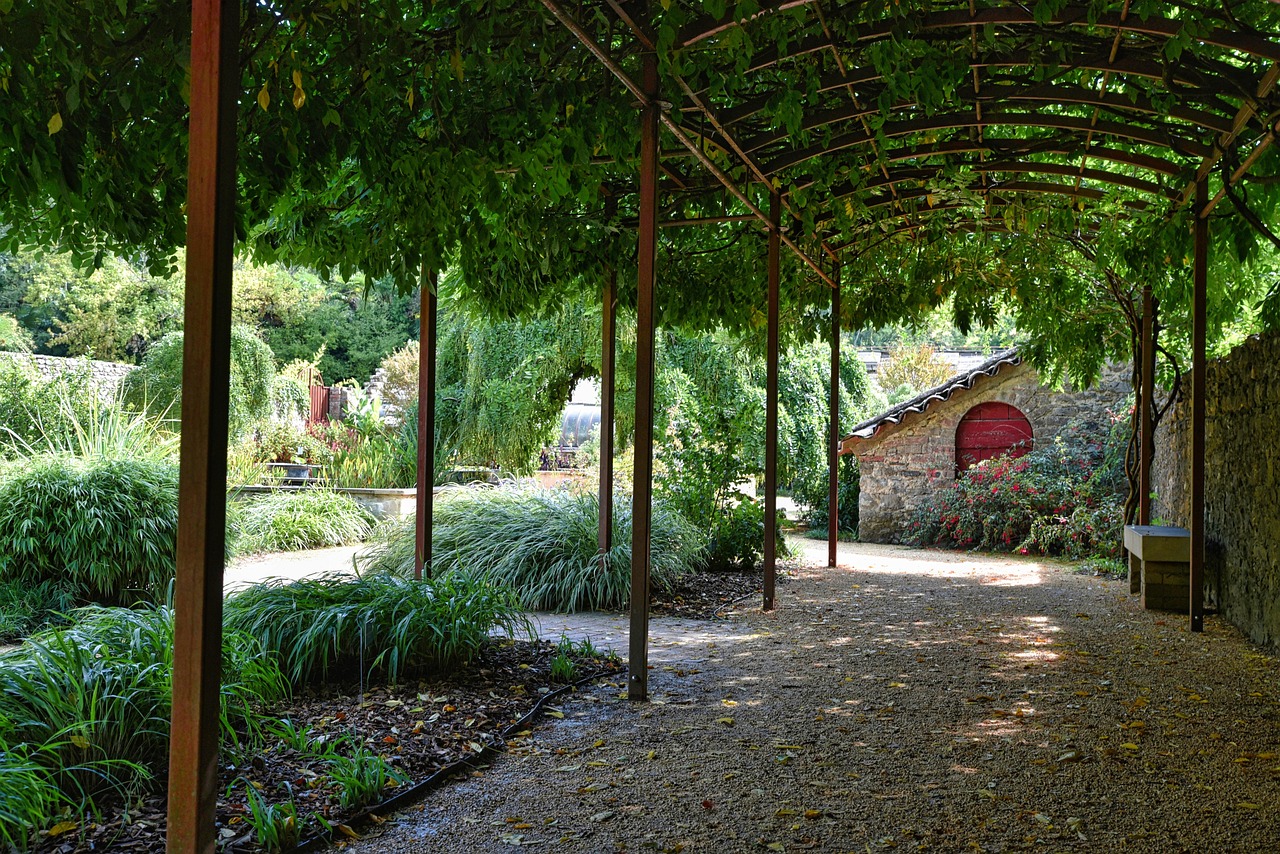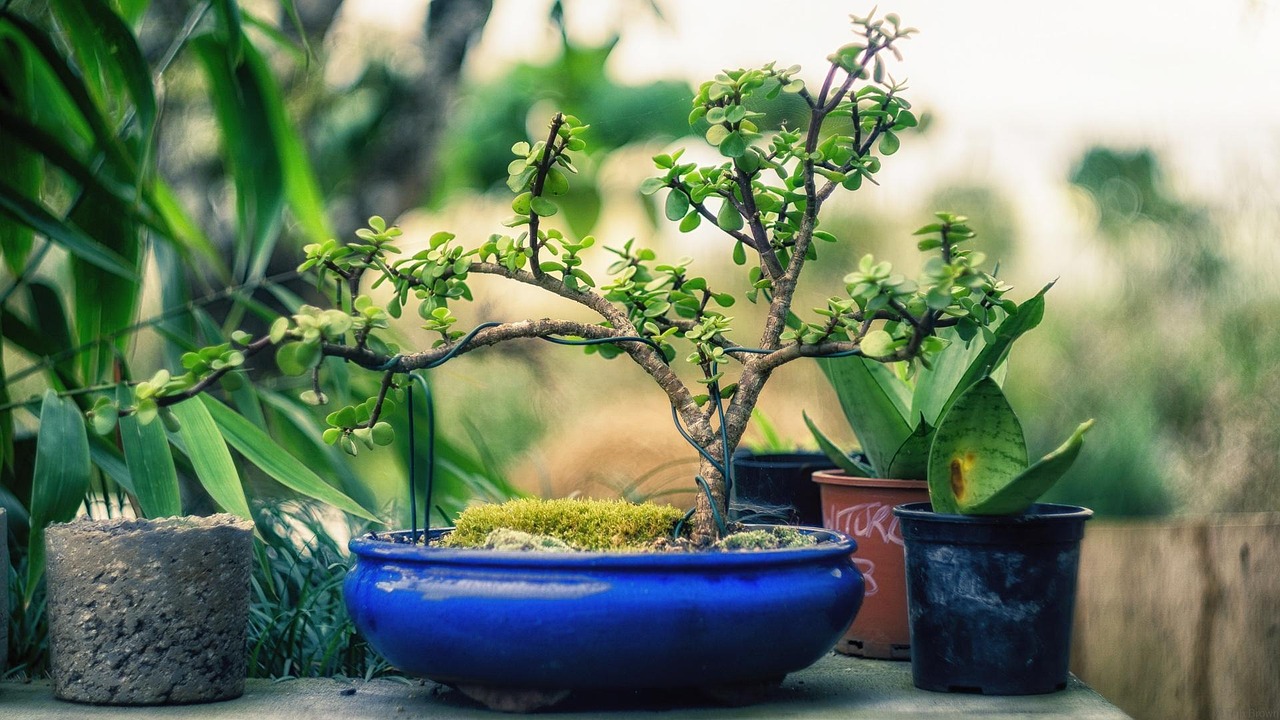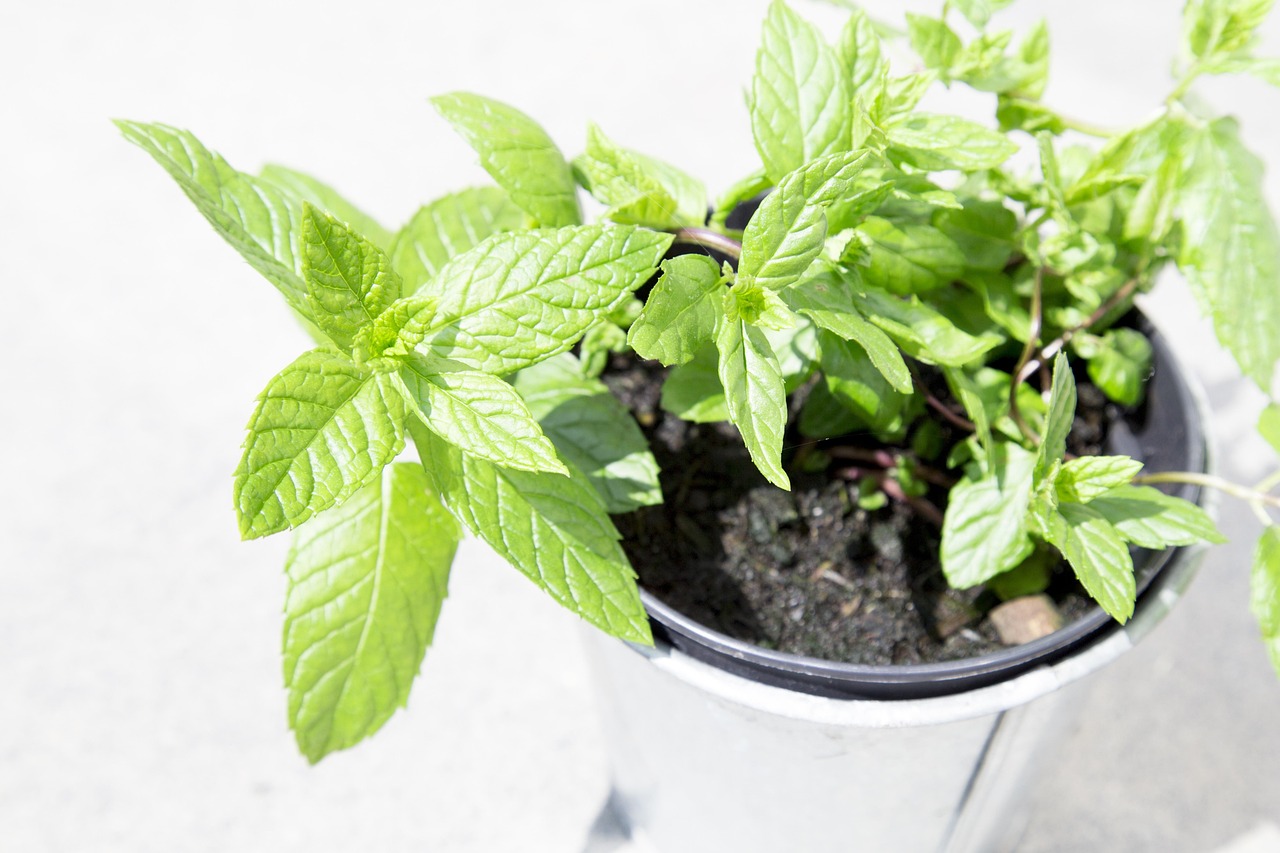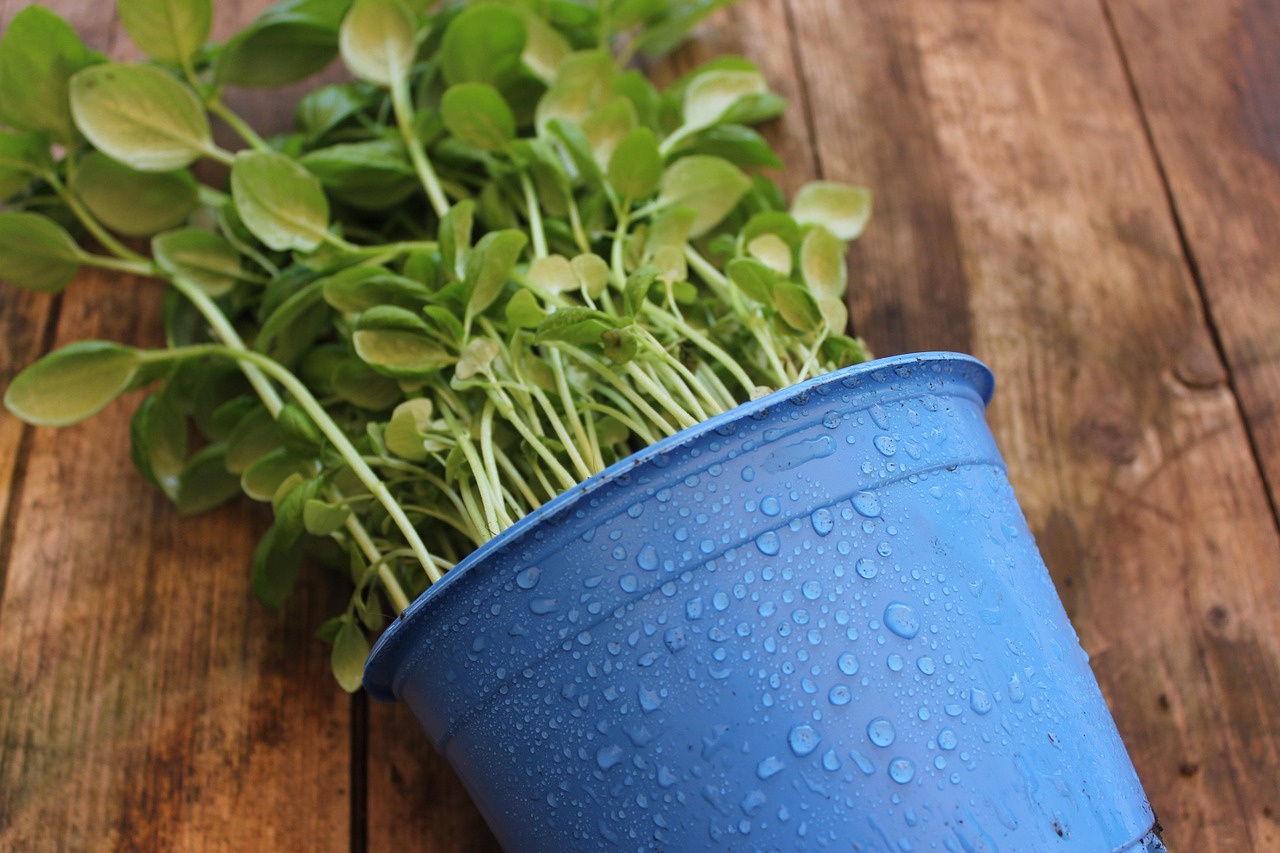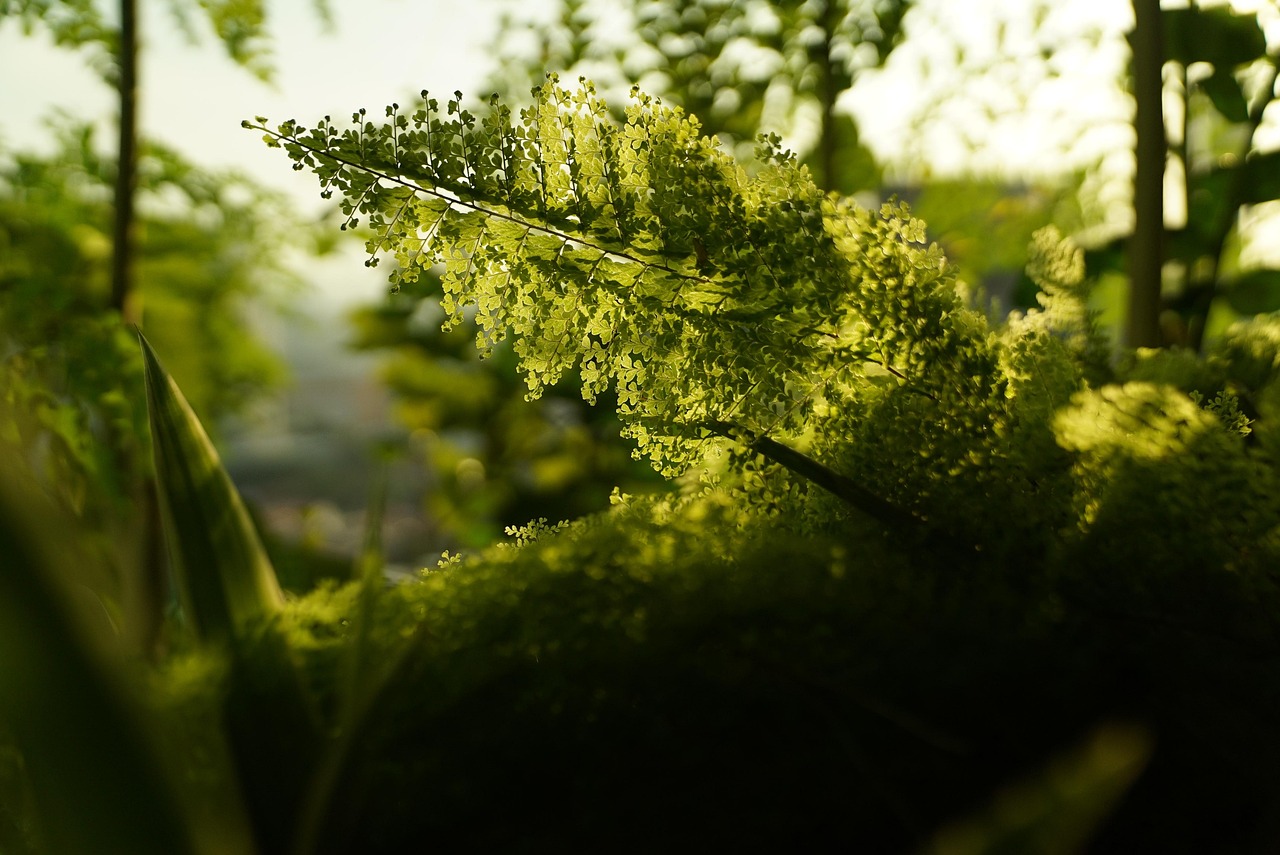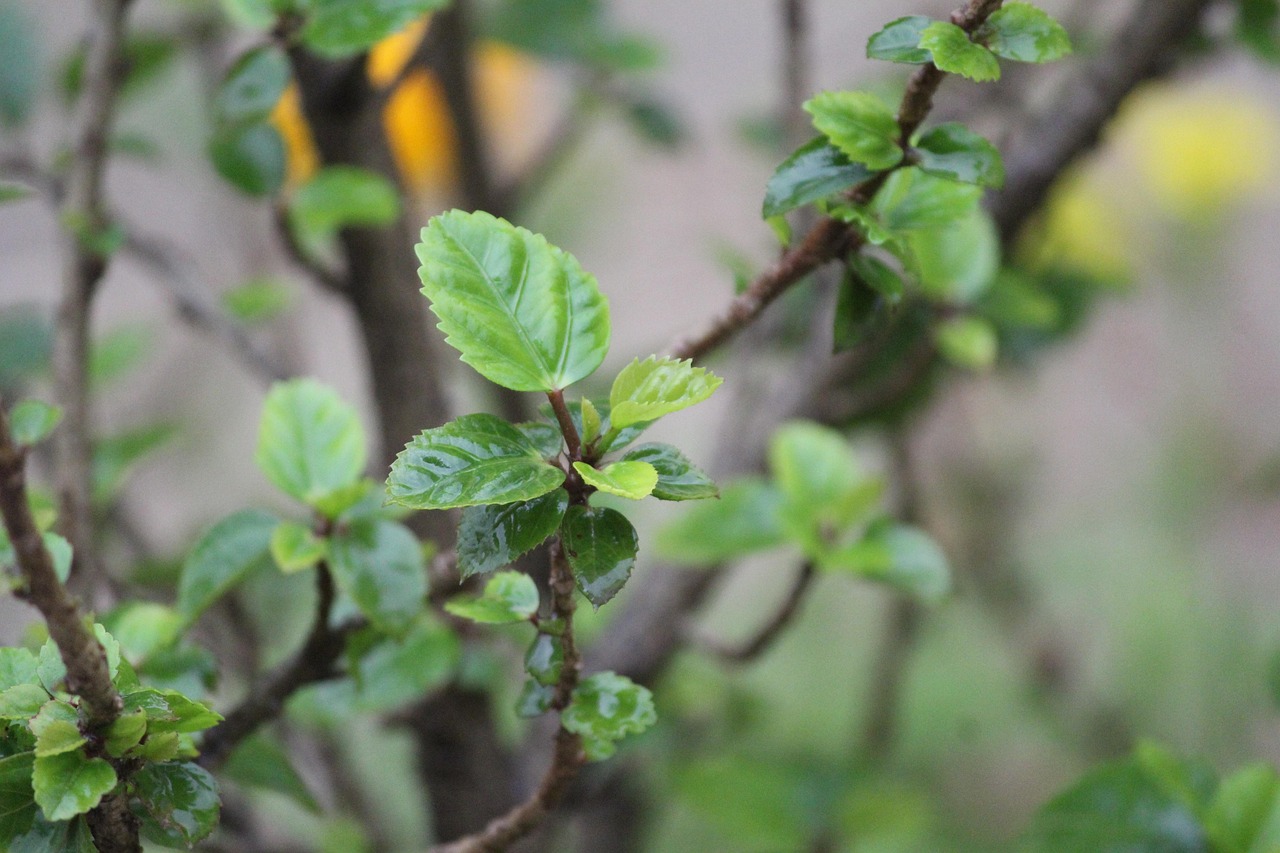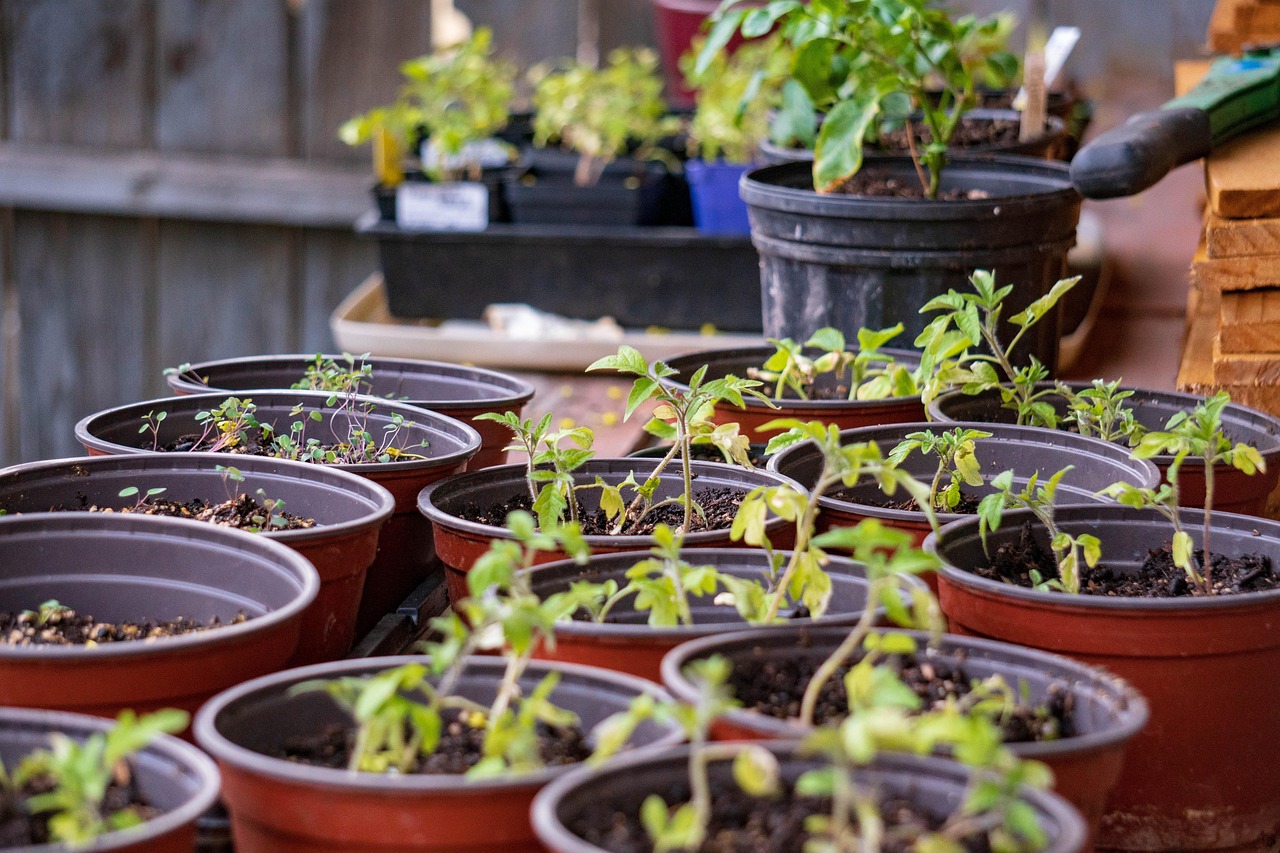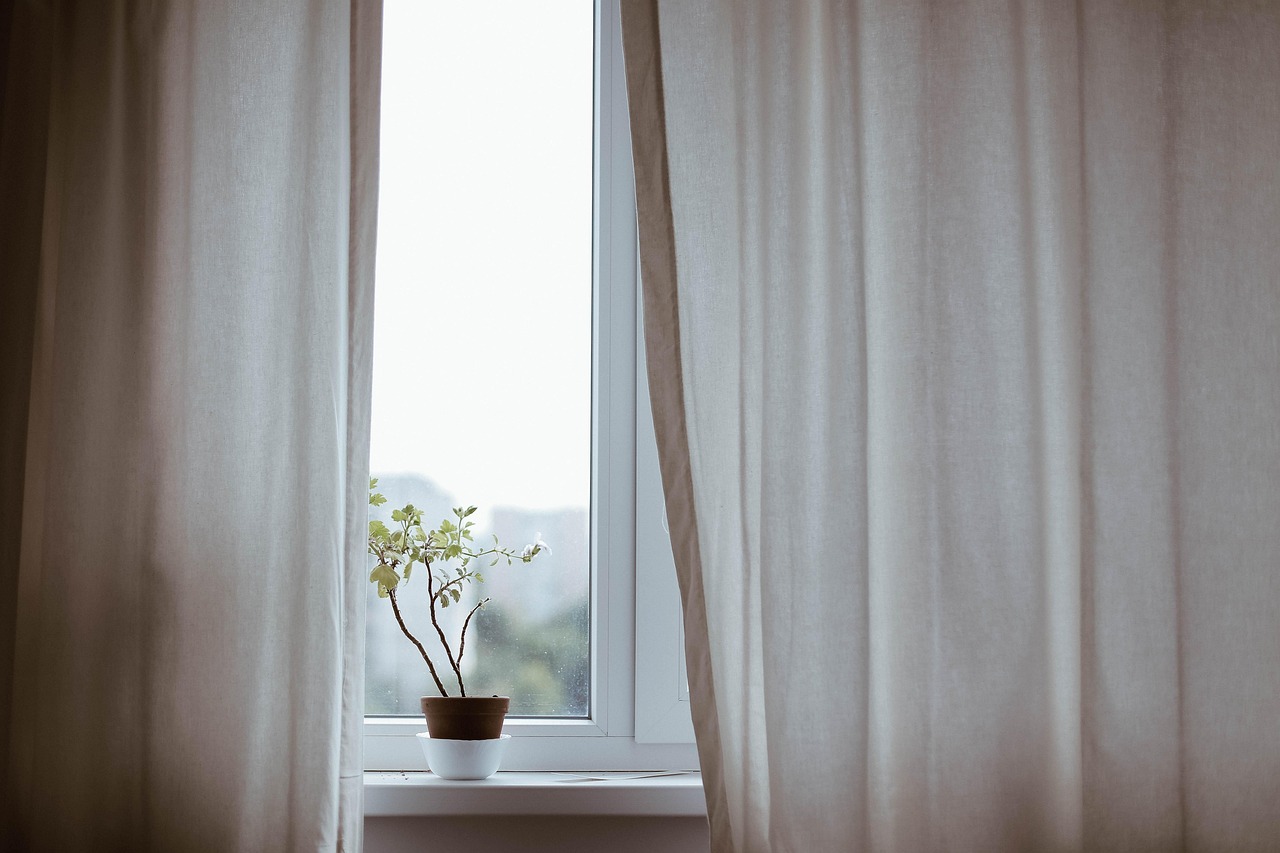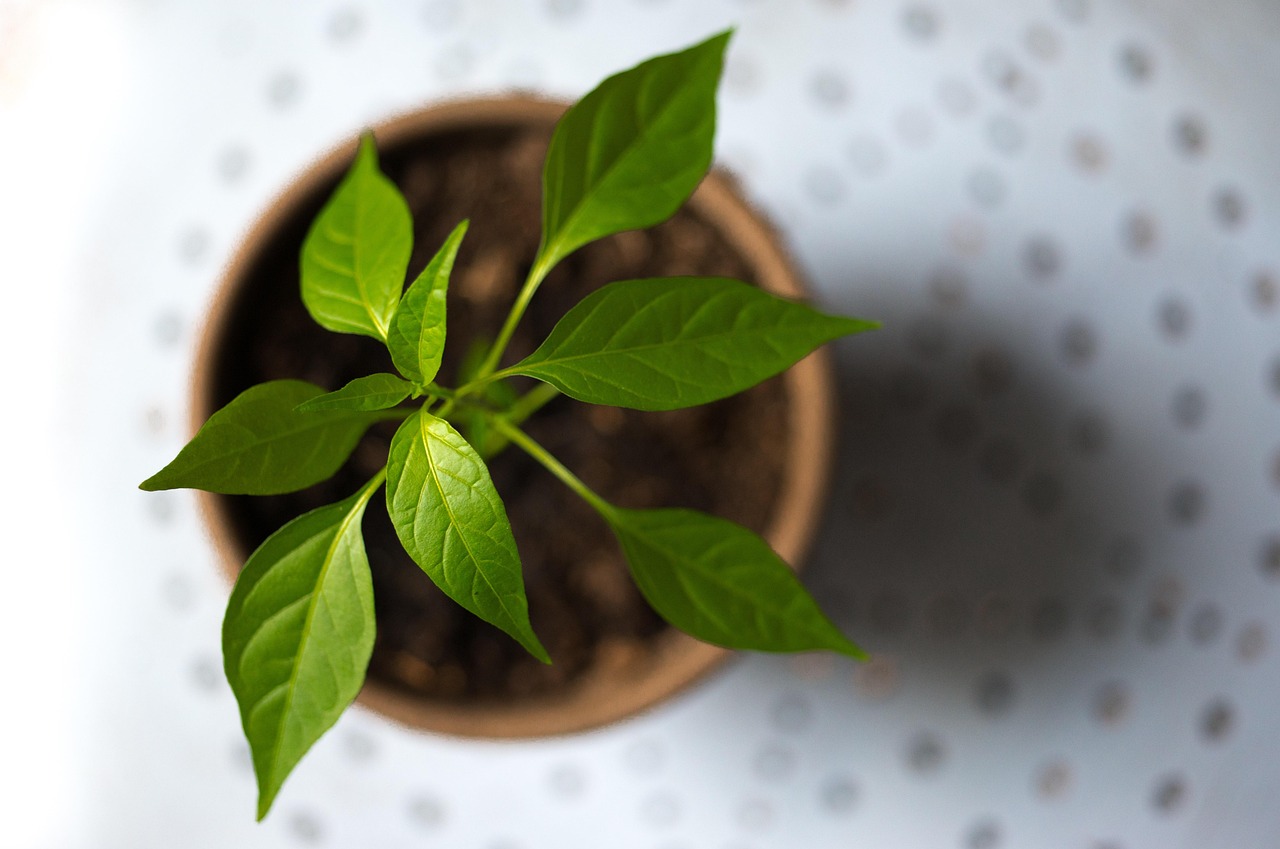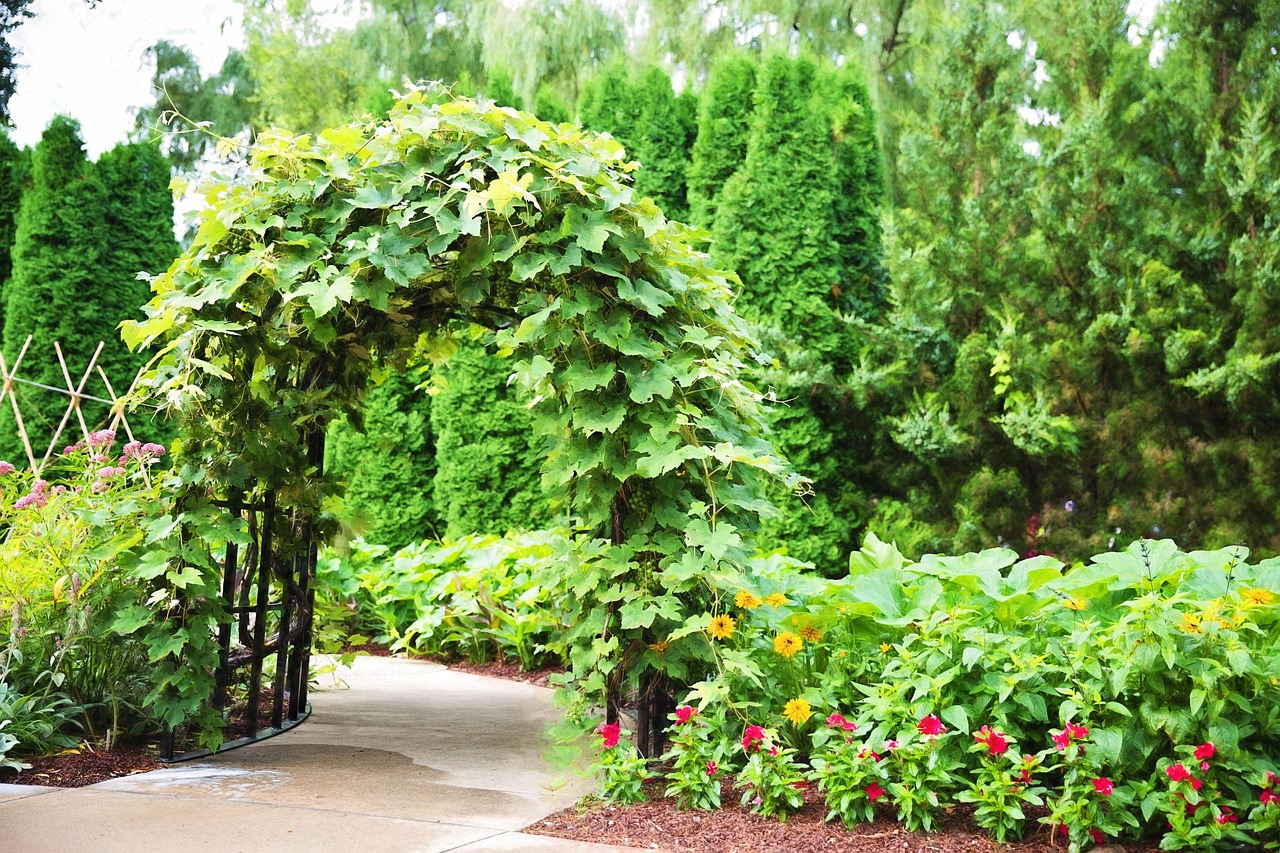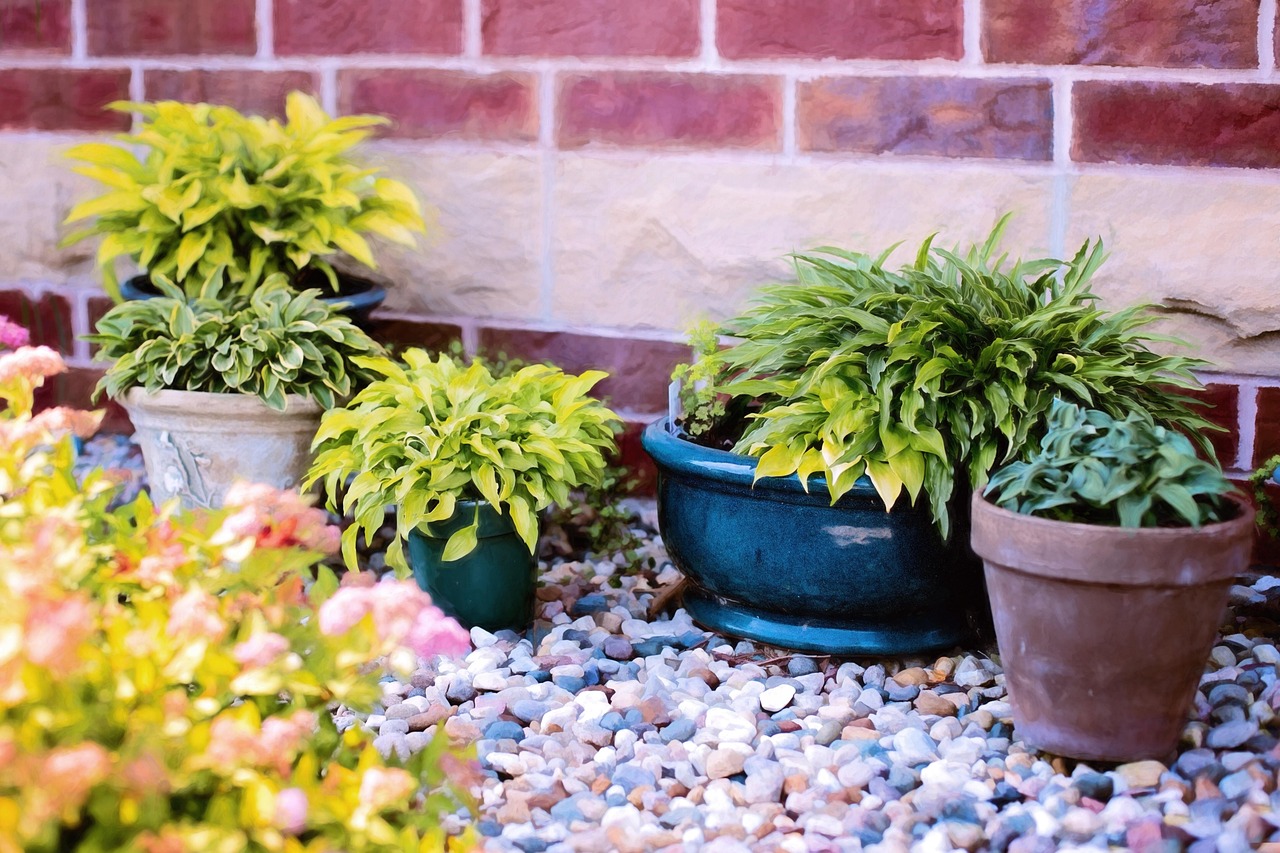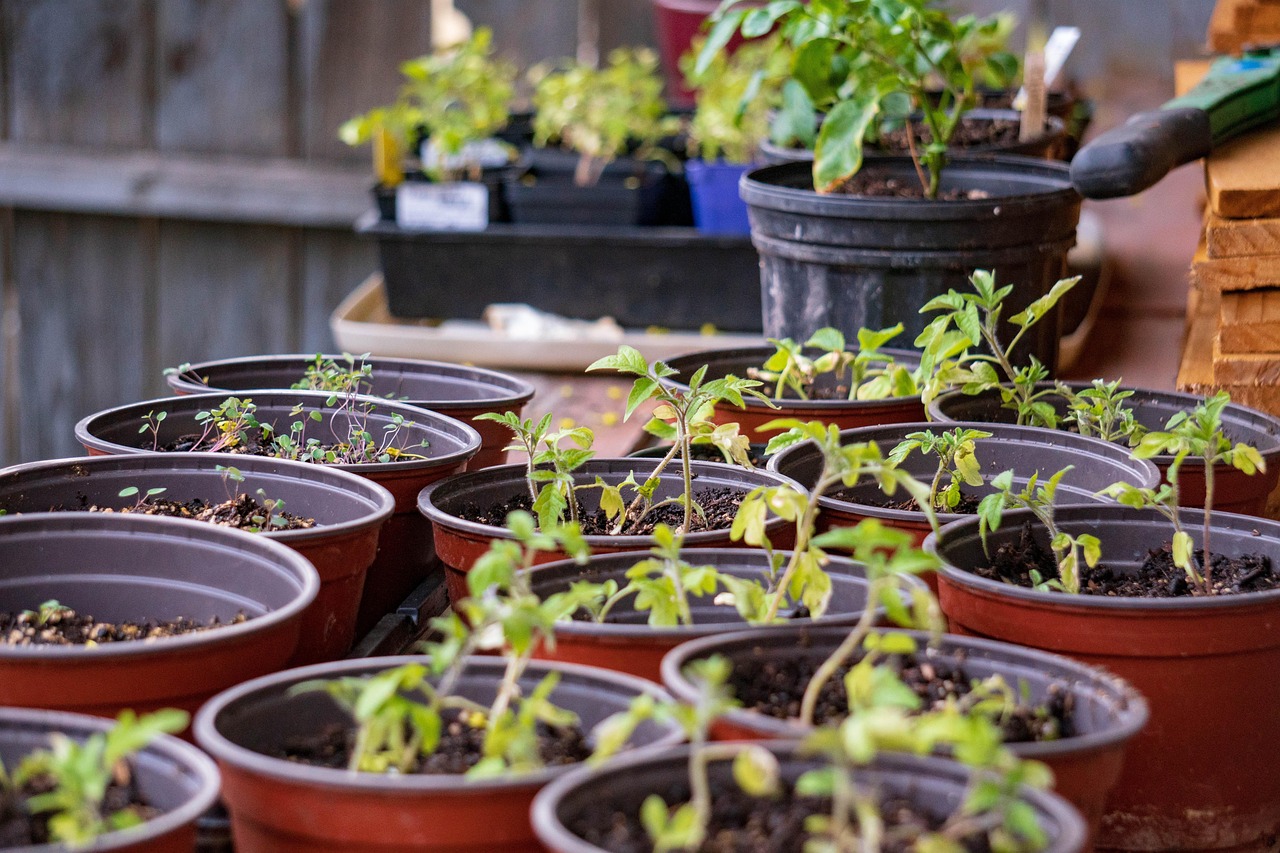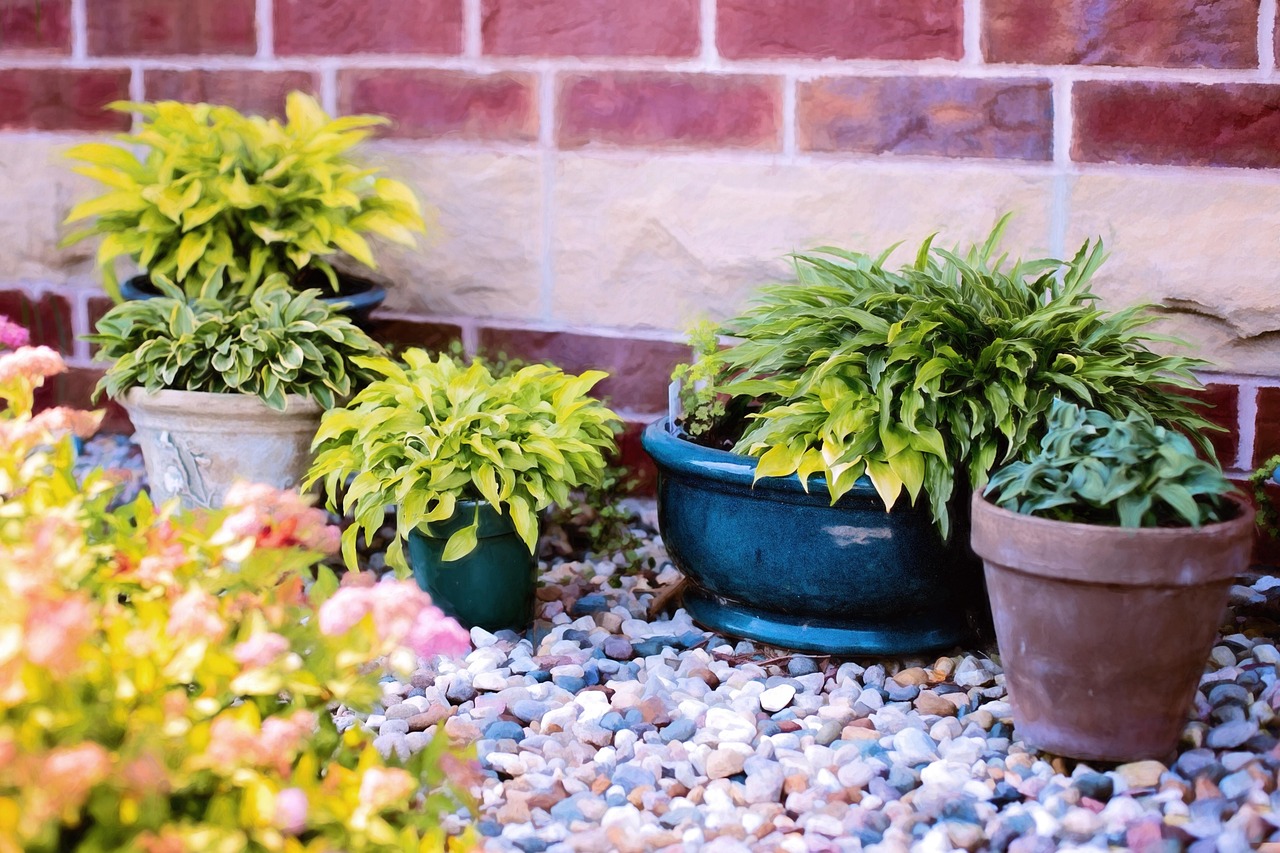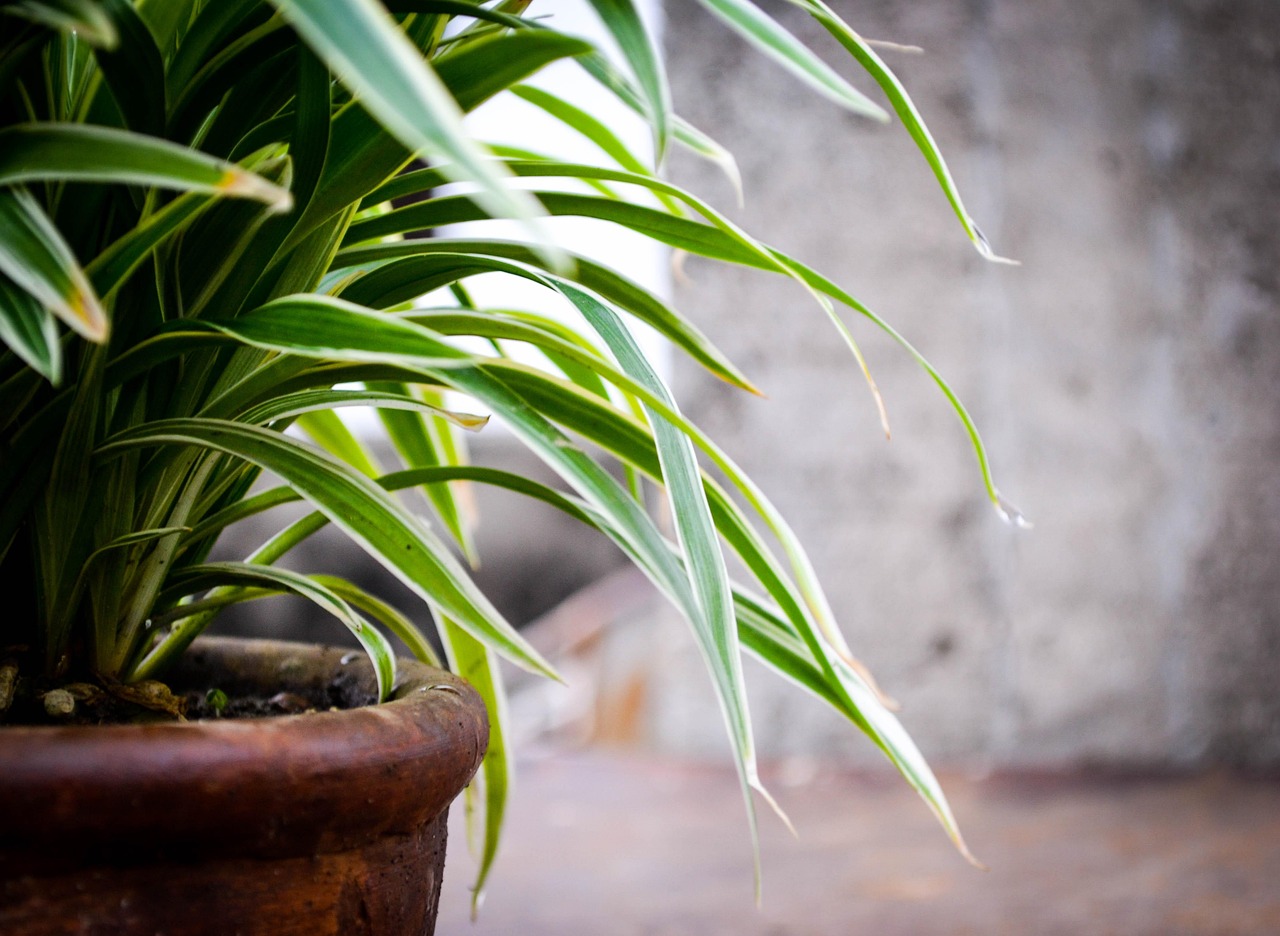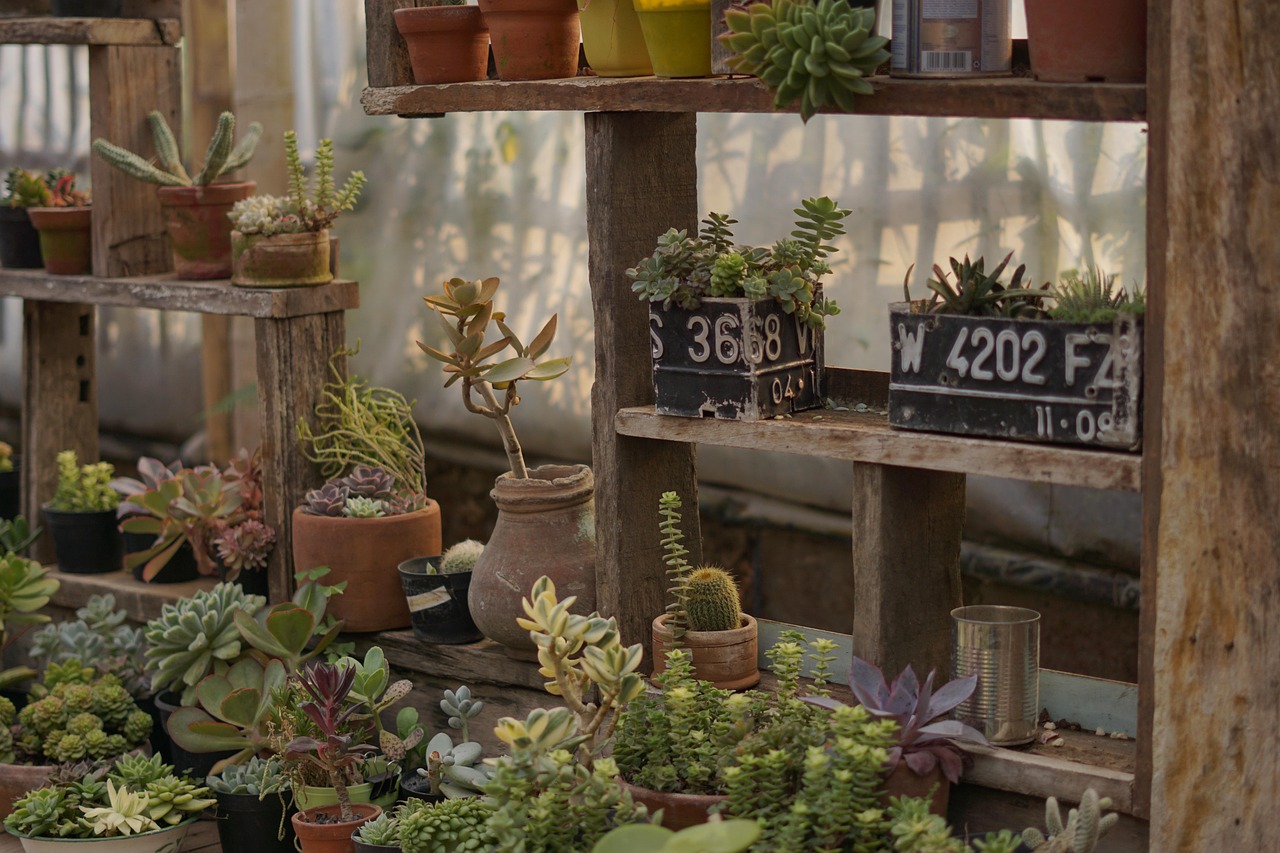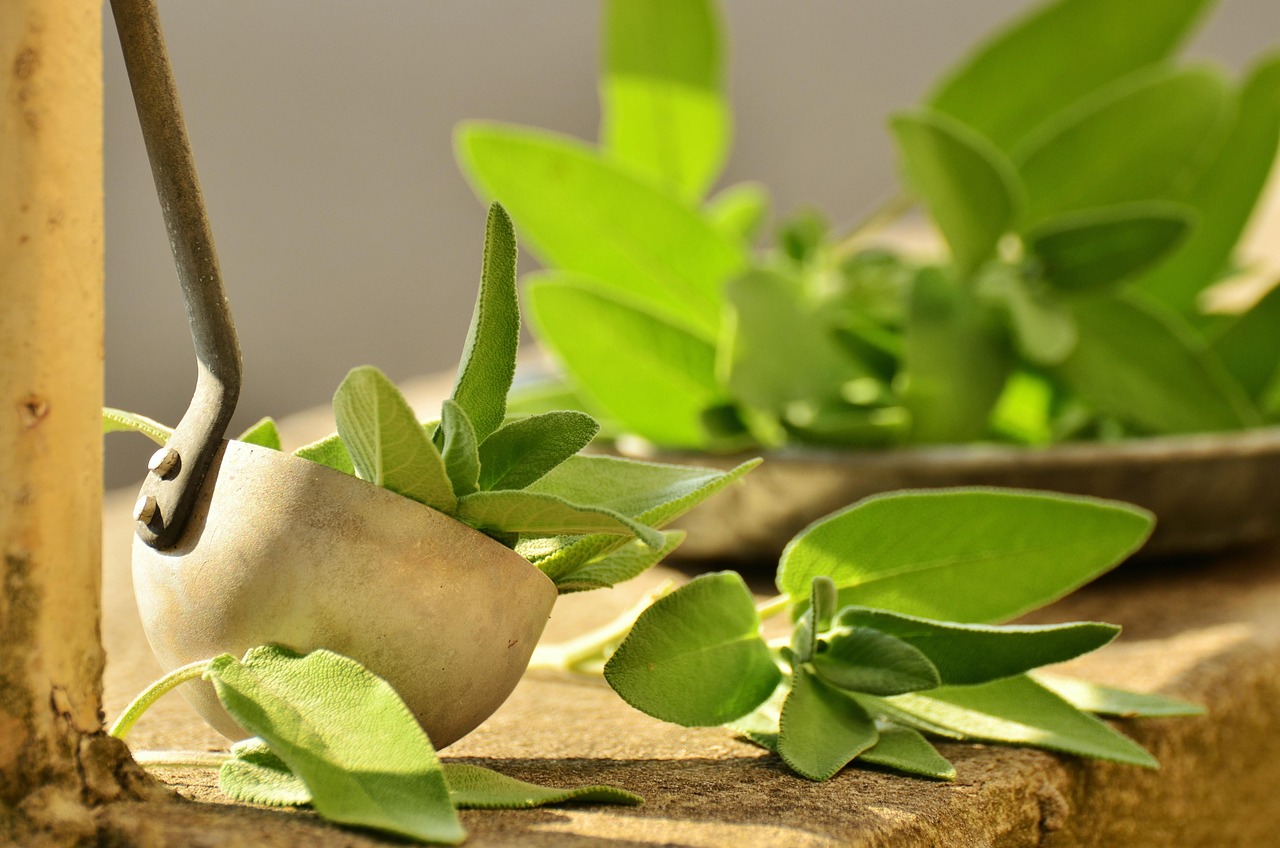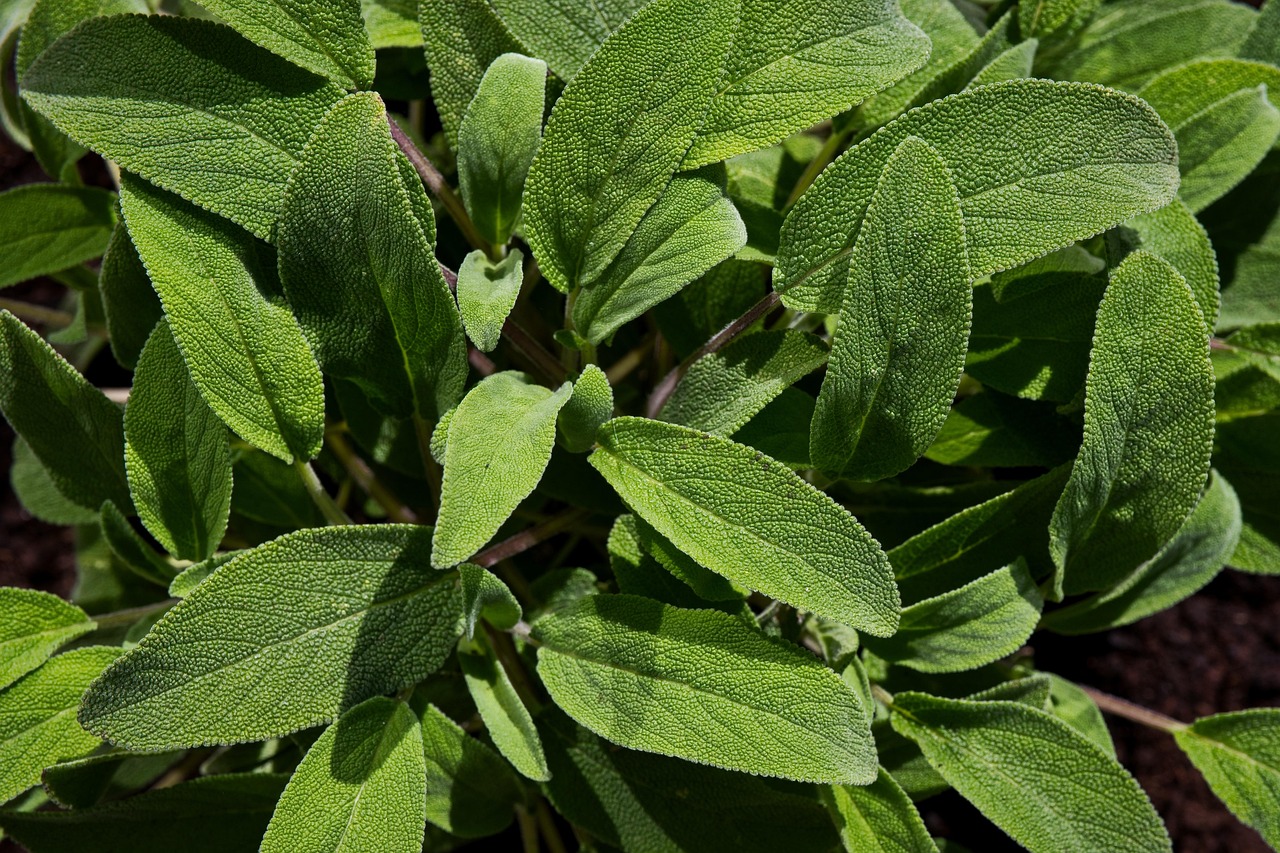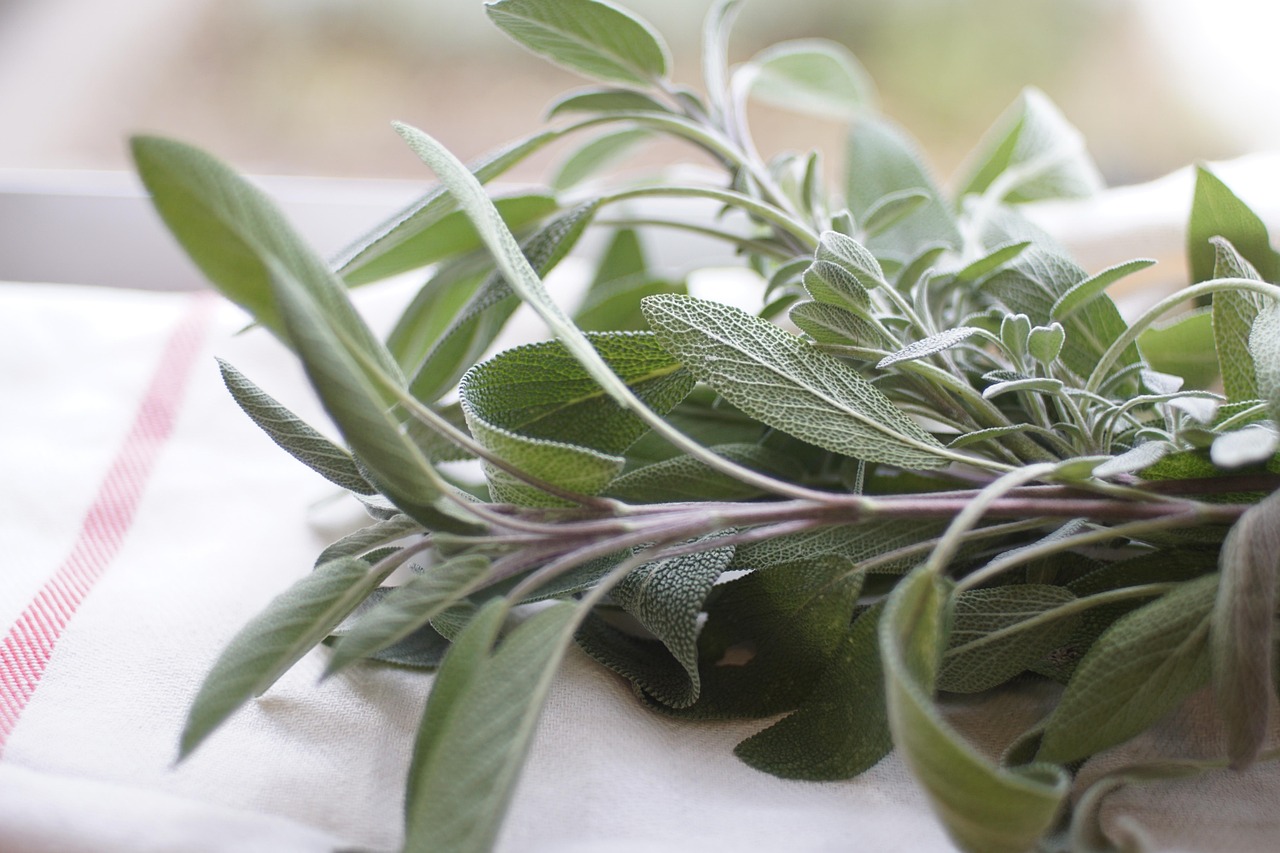Container Potato Gardening
What Is Container Potato Gardening?
Container potato gardening is the practice of growing potato plants in confined containers instead of directly in the ground. These containers can be anything from fabric grow bags to recycled plastic buckets or even wooden crates. This method is ideal for urban gardeners, apartment dwellers, and anyone who wants to grow their own food in a manageable and space-saving way.
What makes this approach so appealing is how accessible it is. Whether you’re working with a sun-soaked balcony in New York or a backyard patio in California, container potato gardening allows you to enjoy fresh, organic produce without needing a traditional garden bed. It puts full control of soil quality, sunlight, and moisture right at your fingertips—making it a favorite among organic gardening enthusiasts across the USA..
Why Choose Container Potato Gardening?
Container potato gardening isn’t just a convenience—it’s a smart gardening technique with multiple advantages, including:
- Accessibility: No bending over or tilling soil—ideal for seniors or those with mobility issues.
- Portability: Easily move containers to follow the sun or protect plants from frost.
- Clean growing environment: Avoids soil-borne diseases like blight or nematodes.
- Efficient use of space: Grow vertically or stack containers on patios, decks, and balconies.
It’s also perfect for those interested in urban gardening, sustainable gardening, and organic food production at home.
Why Grow Container Potato Gardening?
Growing potatoes in containers offers many advantages, especially for urban dwellers and organic gardening fans:
- Space-saving: Great for patios, balconies, and small gardens.
- Pest control: Less risk of soil-borne diseases and pests.
- Soil control: You can create the perfect organic soil mix.
- Easy harvesting: Just dump the container to reveal your potatoes.
Container potato gardening is a smart solution for sustainable living and eco-conscious households.
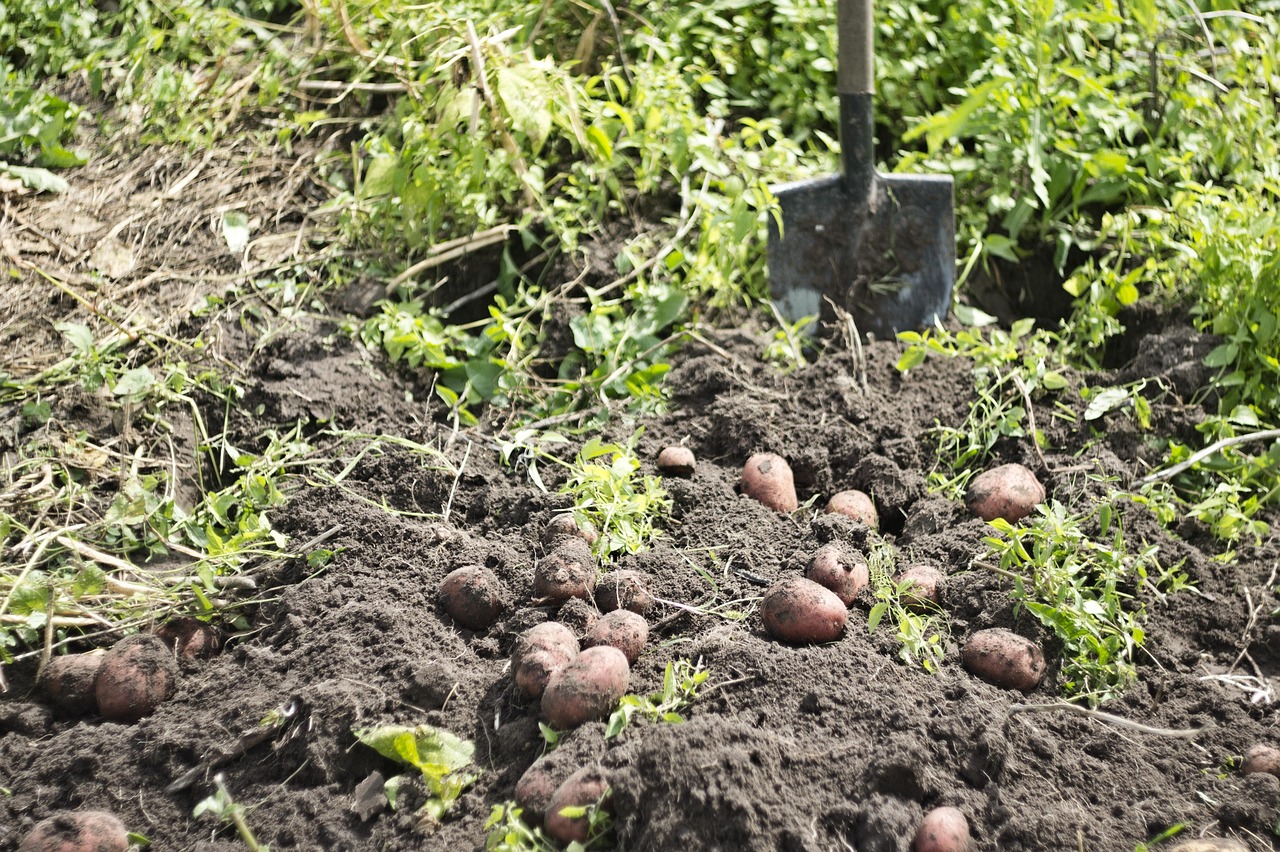
Who Should Try It?
This method is great for:
- People with no backyard space
- Residents of urban apartments or condos
- Gardeners in regions with poor native soil
- Those wanting to control their growing environment
- Anyone trying to reduce their carbon footprint by growing organic produce
Container gardening makes home food production possible for everyone, not just rural dwellers.
Best Potatoes to Grow in Containers
Choose potato varieties that are compact, high-yielding, and quick to mature. Here are some top picks:
Early & Mid-Season Varieties:
- Yukon Gold: Creamy and buttery; great all-purpose.
- Red Pontiac: Fast-growing and ideal for container yields.
- Norland Red: Early variety that adapts well to pot growing.
- Fingerlings: Unique, gourmet potatoes that grow well in small areas.
Why Avoid Maincrop Potatoes?
Maincrop types like Russet Burbank require more space and time and are better suited for in-ground planting unless you have very large containers.
Choosing the Right Container Potato Gardening
Container Size:
- Minimum 10 gallons per 3 seed potatoes
- Depth: 16–18 inches or more
- Diameter: 14–20 inches
Container Types:
- Grow bags: Breathable, lightweight, easy to store
- Plastic pots or buckets: Affordable and durable
- Wooden barrels or crates: Natural look but need good drainage
- DIY options: Recycled laundry baskets, food-grade trash cans, or stackable crates
Make sure to drill plenty of drainage holes in any DIY container to prevent root rot.
How to Prepare Soil for Container Potato Gardening
Potatoes love rich, loose soil that drains well. Avoid clay-heavy or compacted soil.
DIY Organic Soil Mix:
- 40% organic potting mix
- 30% compost or worm castings
- 20% perlite or sand
- 10% aged manure
Add bone meal or wood ash for phosphorus to encourage tuber development. Maintain a pH between 5.5–6.5.
Planting Container Potato Gardening
Here’s how to plant your seed potatoes correctly:
Step-by-Step Instructions:
- Fill your container with 4–6 inches of prepared soil.
- Place chitted seed potatoes (sprouts up) 6 inches apart.
- Cover with another 4–6 inches of soil.
- Water gently and thoroughly.
- As stems grow, hill up soil around them every 2–3 weeks.
Continue hilling until the container is nearly full. This encourages more potatoes to grow along the buried stem.
Sunlight and Positioning
Place your containers in a sunny location with 6–8 hours of direct sunlight per day. Ideal areas include:
- South-facing balconies
- Sunny decks or patios
- Driveways or rooftops
In hot climates (southern USA), consider moving containers into afternoon shade or using shade cloth.
Watering Container Potato Gardening
How Much Water?
- Keep the soil consistently moist—never soggy.
- Check soil with your finger daily, especially during dry spells.
- Water deeply rather than frequently.
Tip: Add organic mulch on top to conserve moisture and reduce weeds.
Feeding and Fertilizing Container Potato Gardening
Feed organically to boost tuber size and plant health.
Organic Fertilizer Tips:
- Fish emulsion or compost tea every 2–3 weeks.
- Add kelp meal for potassium and disease resistance.
- Stop fertilizing once plants start to flower.
Hilling: The Secret to Bigger Yields
As your potato plants grow, add more soil or compost to cover the lower stems—this is called hilling.
Why it matters:
- Prevents tuber sunburn
- Encourages more potatoes
- Helps stabilize taller plants
Repeat hilling 2–3 times until your container is full.
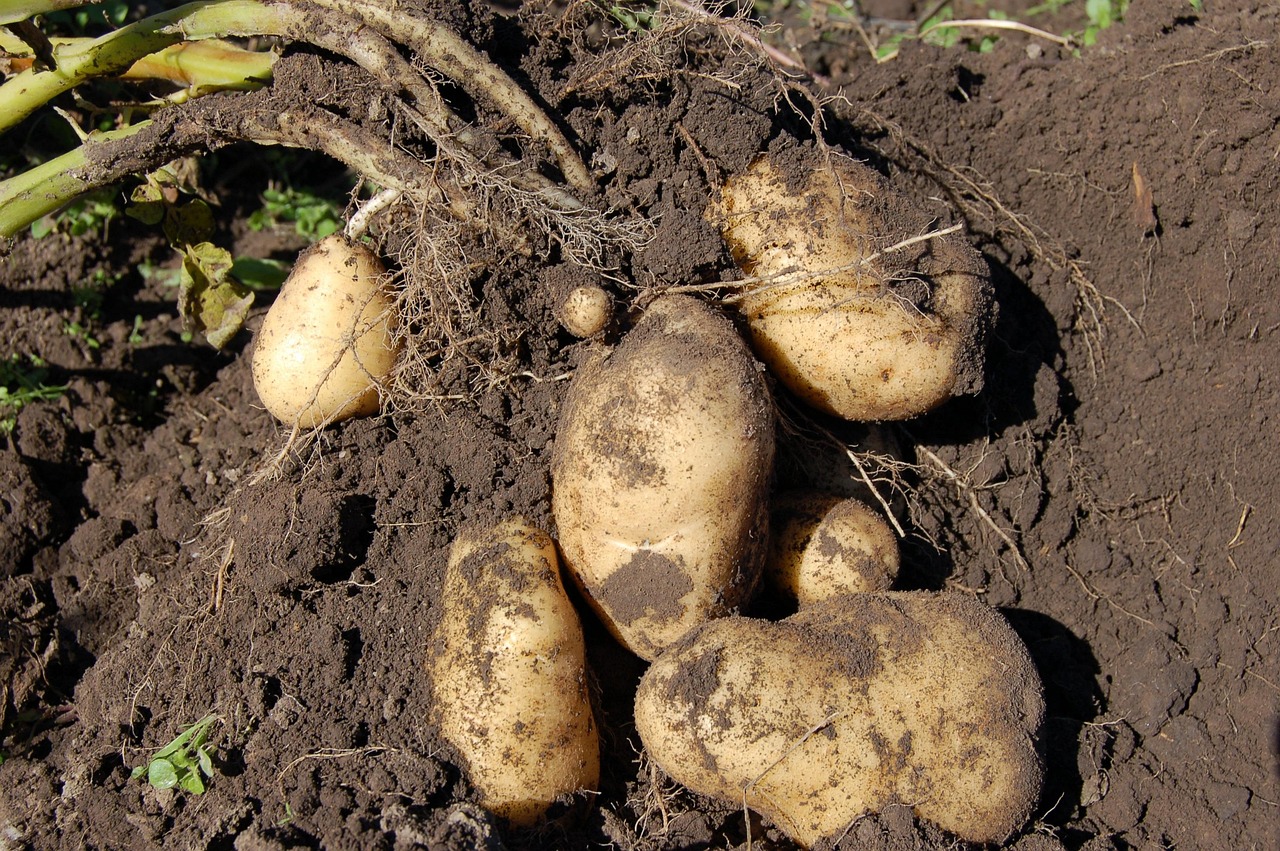
Common Pests and Organic Solutions
Watch for:
- Colorado potato beetles
- Aphids
- Flea beetles
- Wireworms
Organic Control Methods:
- Neem oil spray
- Introduce beneficial insects like ladybugs
- Diatomaceous earth sprinkled around stems
Potato Plant Diseases in Containers
Diseases you might encounter:
- Early blight: Brown spots on leaves
- Potato scab: Raised, corky spots on tubers
- Blackleg: Stems turn black and rot
Organic Prevention:
- Use certified disease-free seed potatoes
- Rotate crops and don’t reuse infected soil
- Ensure proper drainage and airflow
When and How to Harvest Container Potato Gardening
New Potatoes:
- Harvest around 60–70 days
- Gently dig into the soil or dump the container partially
Mature Potatoes:
- Wait until the vines die back and turn yellow
- Dump the container on a tarp and sort your tubers
How to Store Your Container Potato Gardening Properly
After harvesting:
- Cure in a dark, dry spot (50–60°F) for 7–14 days
- Brush off dirt (don’t wash!)
- Store in a cardboard box, crate, or paper bag
- Keep in a cool, dark, ventilated area
Avoid plastic bags—they trap moisture and lead to rot.
Indoor vs. Outdoor Container Potato Gardening
Outdoor Advantages:
- Natural sunlight
- Better drainage
Indoor Considerations:
Maintain proper air circulation to avoid fungal issues.
Use grow lights for 12–16 hours daily.
Urban Gardening with Potatoes
In cities like New York, Chicago, and Los Angeles, more gardeners are growing potatoes on:
- Apartment balconies
- Rooftops
- Fire escapes
- Community garden plots
It’s a great way to engage with sustainable gardening in urban environments.
Companion Plants for Container Potato Gardening
Grow these alongside potatoes in pots for better growth:
- Beans: Fix nitrogen in the soil
- Marigolds: Repel pests
- Basil: Enhances flavor and reduces insects
- Cabbage family plants: Avoid—they compete too much
Sustainability in Container Potato Gardening
Go green by:
- Using compost and organic mulch
- Reusing containers each season
- Saving rainwater for irrigation
- Avoiding synthetic pesticides or fertilizers
DIY Container Ideas for Potatoes
Try these fun, low-cost options:
- Milk crates lined with landscape fabric
- Stackable wooden boxes
- Old dresser drawers with drilled holes
- Upcycled buckets from restaurants or bakeries
Common Mistakes to Avoid
- Overwatering or underwatering
- Skipping hilling
- Not enough sunlight
- Using small containers
- Ignoring pests or diseases
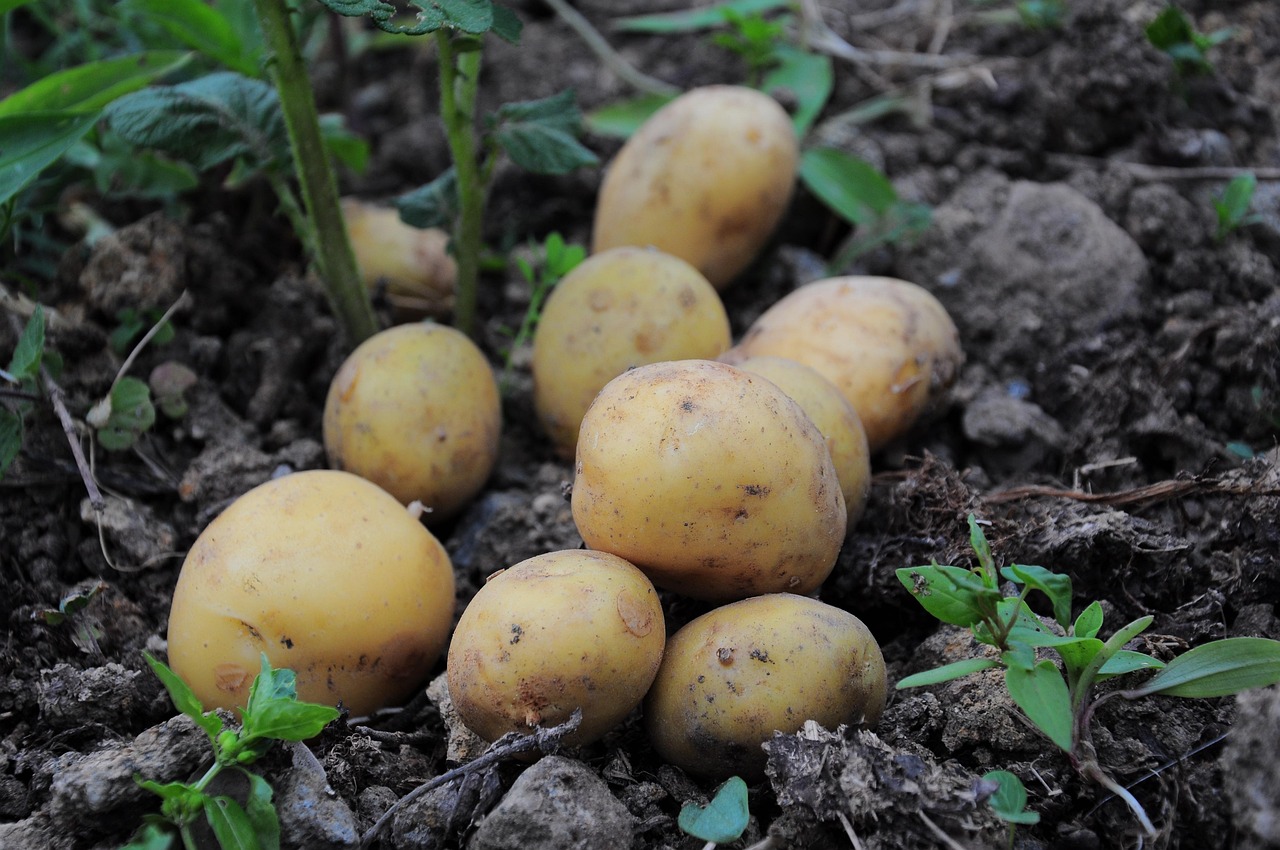
Beginner Tips for Success
- Start small—use 5 or 10-gallon containers
- Label your varieties and dates
- Join online forums or local gardening clubs
- Keep a simple gardening journal
Frequently Asked Questions
Q: Can I reuse the same soil every year?
Only if you sterilize or solarize it and refresh it with compost.
Q: Do potatoes grow well in shade?
Not really. You need full sun for best yields.
Q: What’s the easiest potato for beginners?
Try Yukon Gold or Red Norland—they’re fast, forgiving, and flavorful.
Final Thoughts: Container Potato Gardening
Container potato gardening is more than a clever gardening hack—it’s a pathway to sustainable, organic living, right from your home. With a little effort, you can enjoy the incredible taste and nutrition of homegrown potatoes without needing a big backyard.
Whether you’re on a balcony in Brooklyn or a deck in Dallas, container potato gardening puts food production at your fingertips.



